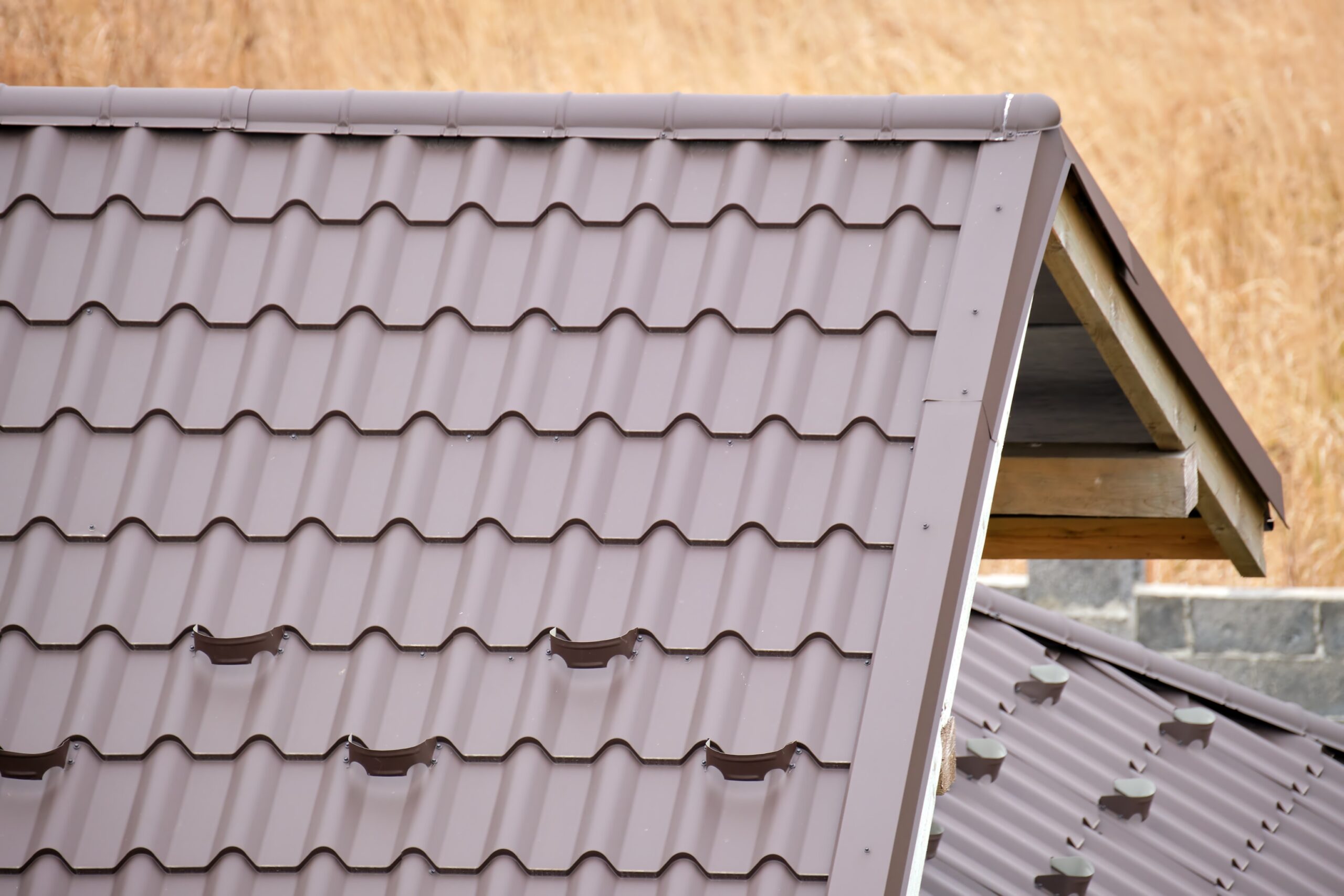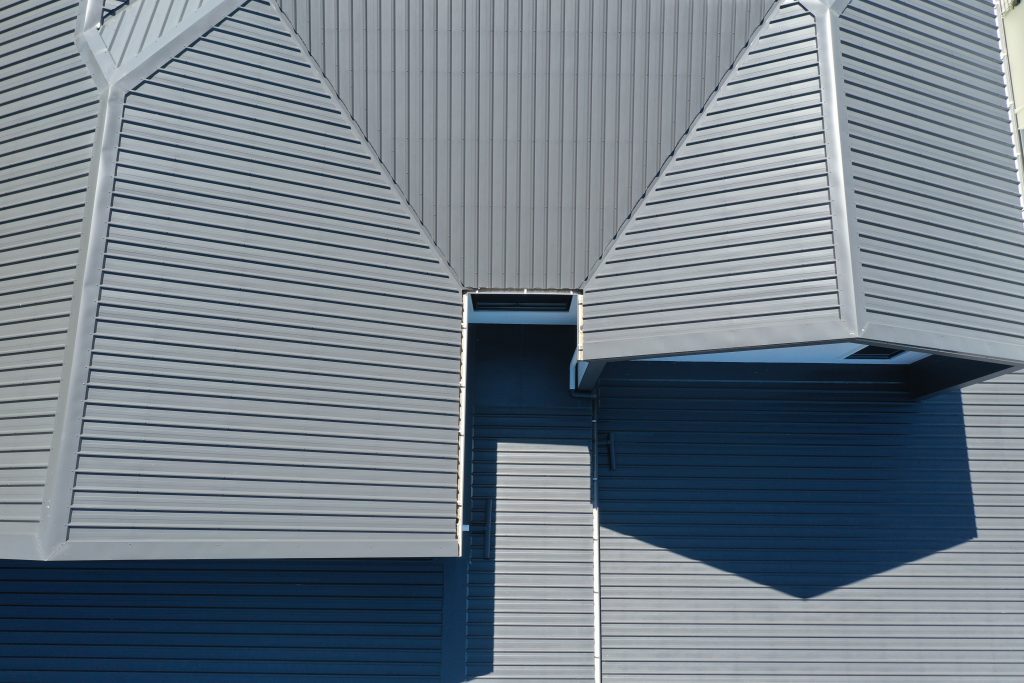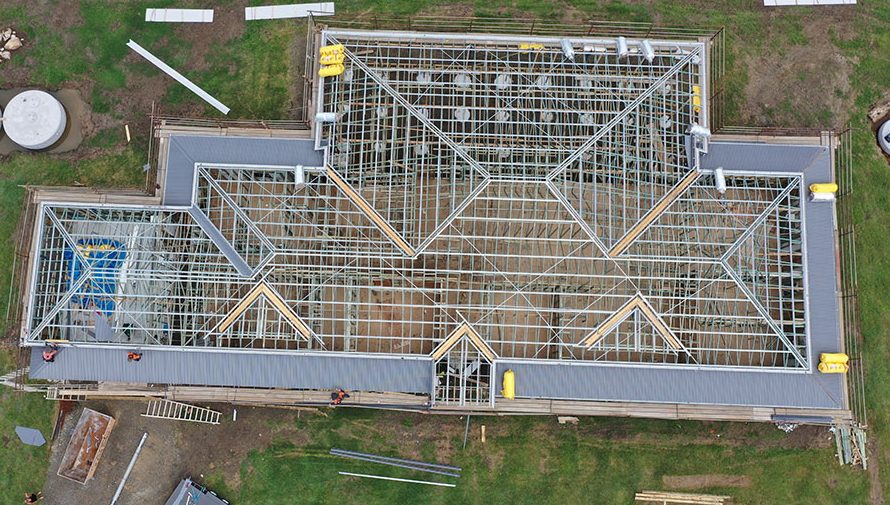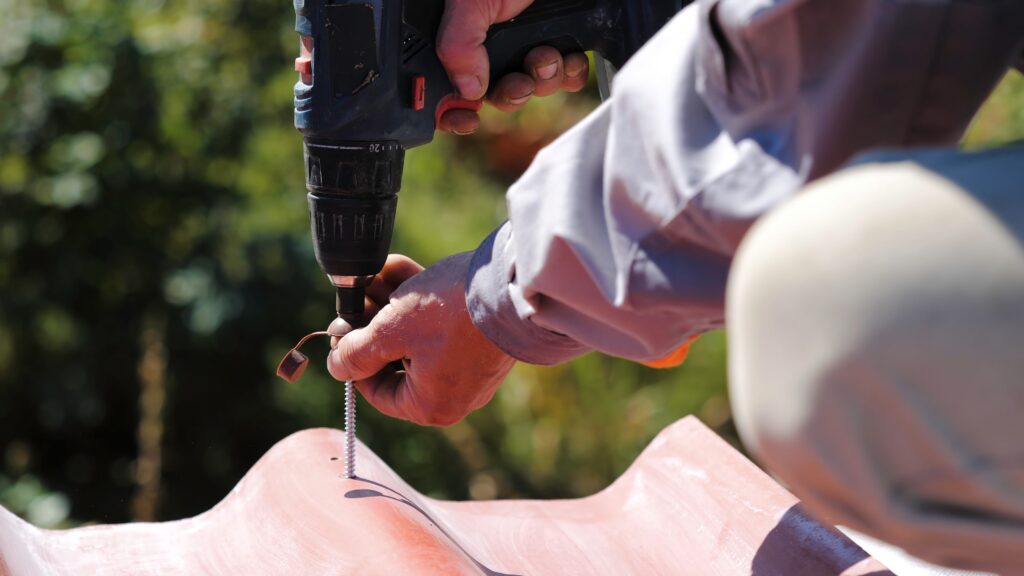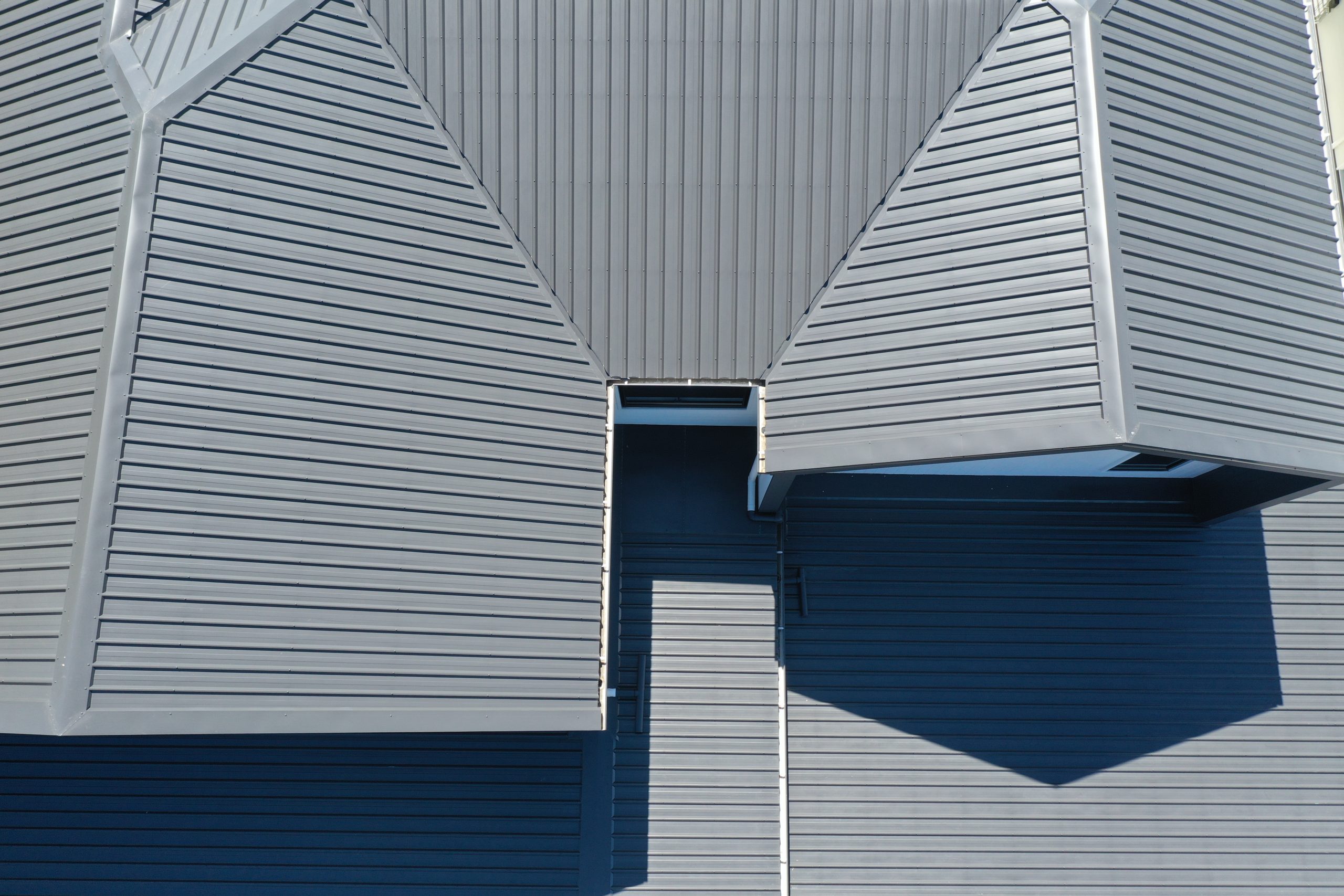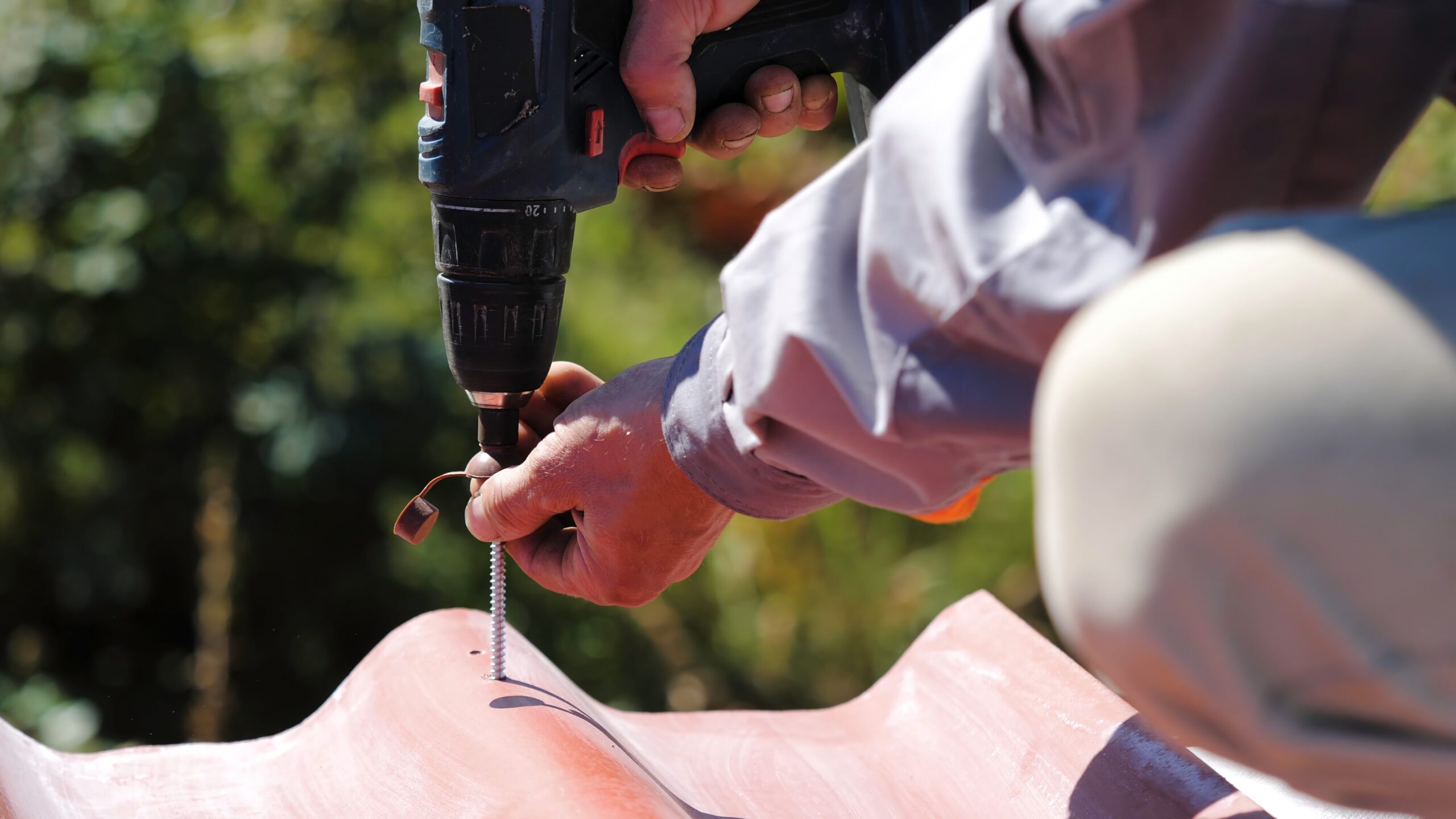How to Spot Roof Damage Before It’s Too Late
Did you just have a storm and are concerned about your roof? Is the roof just getting older? It’s worth looking for damage or wear and tear. Identifying roof damage early helps avoid costly repairs. What is a roof inspection? We’re glad you asked.
Key takeaways
- Inspecting your roof regularly for proper maintenance is the way to go. An immediate inspection may be better after extreme events.
- Check the roof structure from the ground. Determine if there are missing roof shingles or damaged roofing materials or a misaligned ridge.
- Look at the interior of the roof. Water stains and mould growth show prolonged exposure to the elements.
- From the roof, you can check for signs of damage based on the type of material. Don’t forget to inspect the flashing as well.
Regular roof inspections
Regular maintenance is fundamental to catching necessary repairs as soon as possible. Generally, a roof inspection every one or two years is fine. In some cases, you should get an inspection immediately.
After severe storms
Brisbane homes can sustain considerable weather-related roof damage. If you’ve gone through a particularly intense storm, you may be facing:
- Hail damage.
- High wind damage.
- Roof leaks.
- Water damage.
Older roofs
Roofs have a lifespan that’s determined by the roofing materials and standard of upkeep. For example, asphalt shingles generally have a lower lifespan than Colorbond steel roofs. If the roof is coming to the end of its typical life expectancy, it may be worth getting an inspection.
Insurance claim
If you’re putting in a claim with your insurance company to cover repairs for extensive damage, the insurance provider will require an inspection.

Inspecting a damaged roof
Are you looking to make regular inspections of your own roof? Here are some recommendations from our team to make sure you make a comprehensive assessment and identify all potential issues.
View from the ground
Are there any missing shingles or signs of rust? Check if the roof ridge is out of alignment. A sagging roof can indicate there’s structural damage.
Study the interior
The interior of your roof can contain further damage. Look at the walls and ceiling for water stains or mould. You may have a leaky roof from storm damage or poor roof maintenance. Well over half of homeowners suffer a roof leak at some point. If you can see sunlight filtering through the roof deck, there are gaps in the roof’s integrity that will need attention.
Climbing on the roof
You can inspect the entire roof in detail when you’re on top of it. Any severe roof damage will differ depending on your roof’s materials.
Shingles
Look to see if there’s any significant roof damage, such as curling or missing shingles. Check the gutters for any granule loss. Fix these problems promptly. You can save yourself a full roof replacement.
Metal roof
Any misaligned metal sheets are a sign that there has been improper installation. A poor installation job may require a complete replacement to prevent premature roof failure. Discolouration in a painted metal roof from prolonged sun exposure could be repainted in a roof restoration.
Tile roof
Tiled roofs are a popular option in Australia. But they do present certain challenges. Cracked tiles can be individually replaced. Debris buildup can lead to more significant damage over time. Leaks are a common issue from loose tiles.
Damaged flashing
Roof flashing is sometimes overlooked during a roof inspection. Check around roof vents for denting or cracking that may cause water infiltration.

From our clients
Austin is a breeze to deal with, professional and across everything. As a Builder it’s makes my life easy to know I don’t have to chase up and check on everything along the way. The quality and communication from Infinite roofing is top notch!
- Ben Arnold
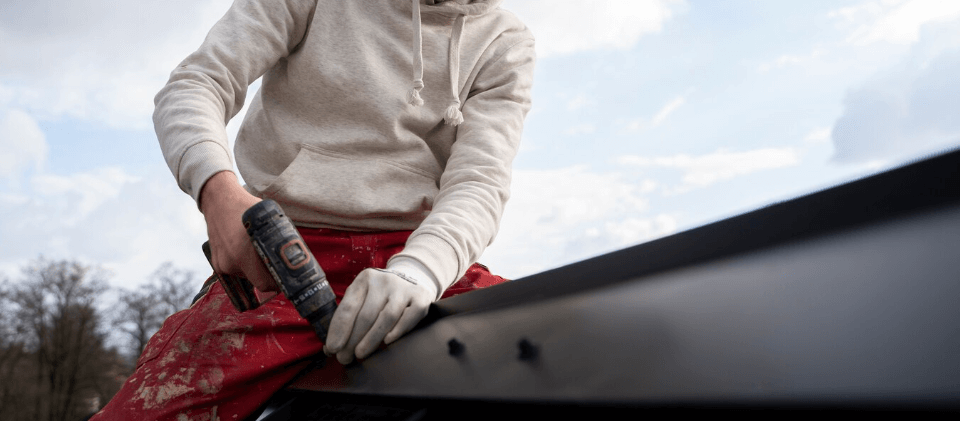
Conclusion
Regular roof inspections are a key to avoiding future damage. An initial inspection from the ground, then an interior assessment, covers most problem areas. Then, it’s time for a final check on the roof. You can find any threats to the roof’s structural integrity and its overall health.


